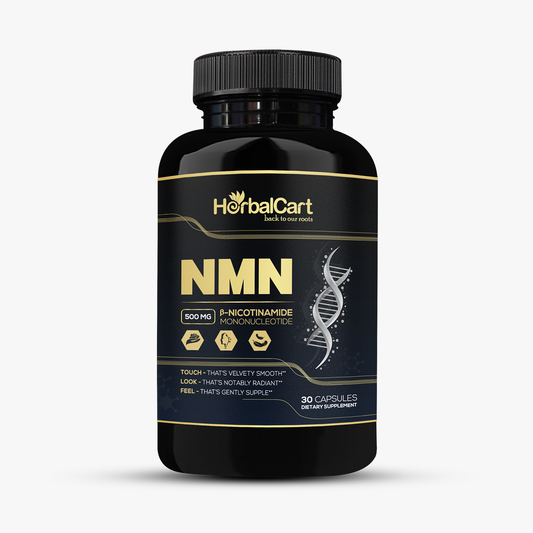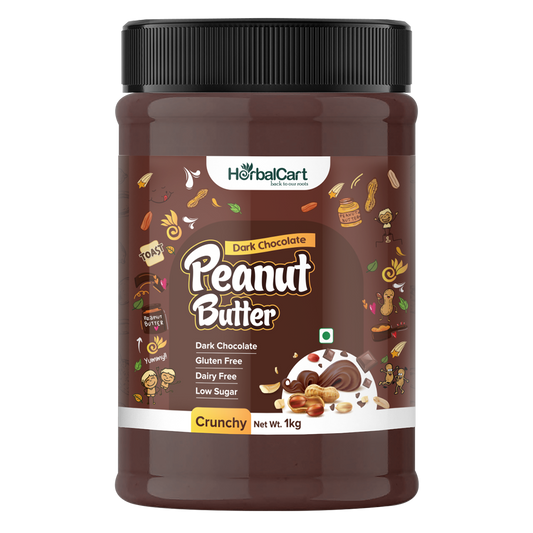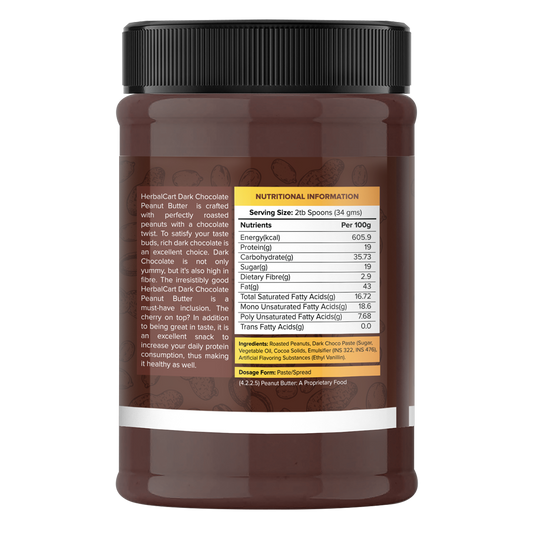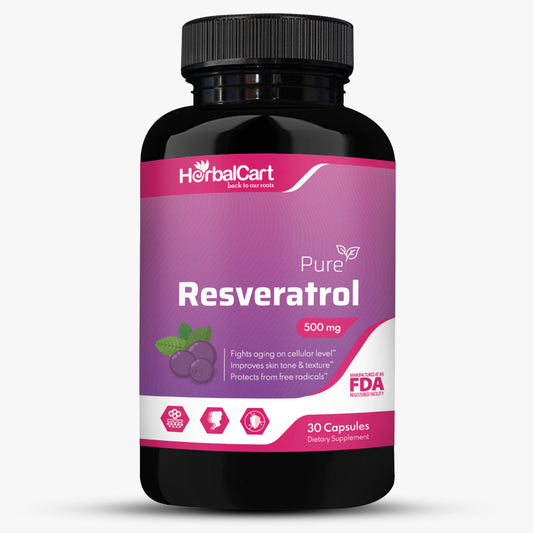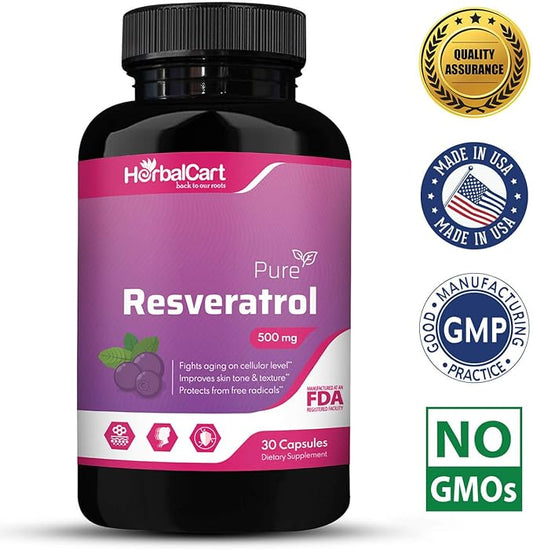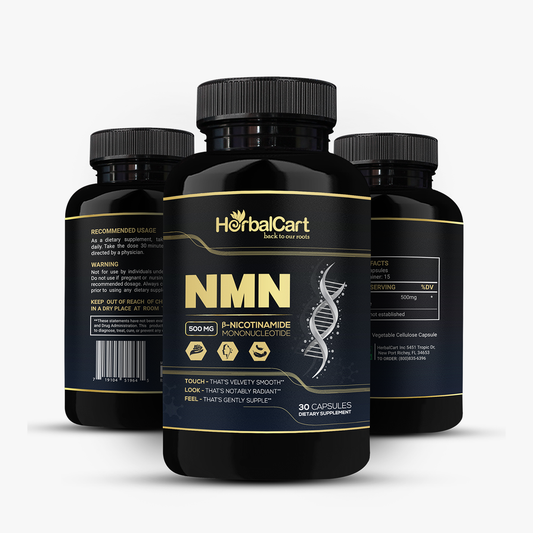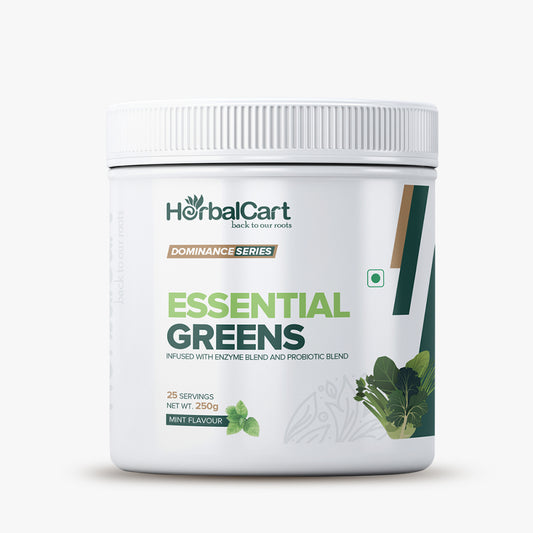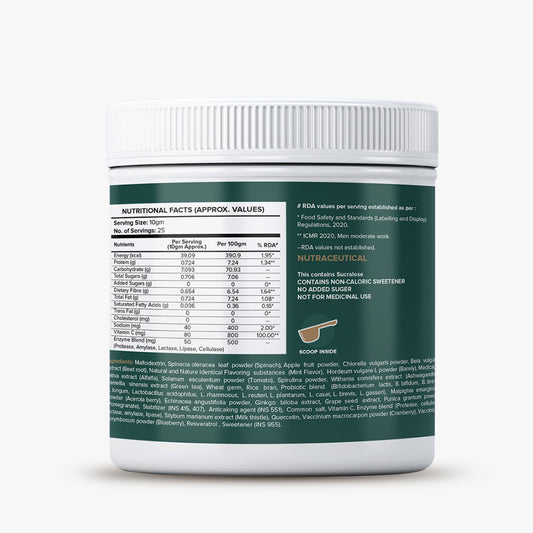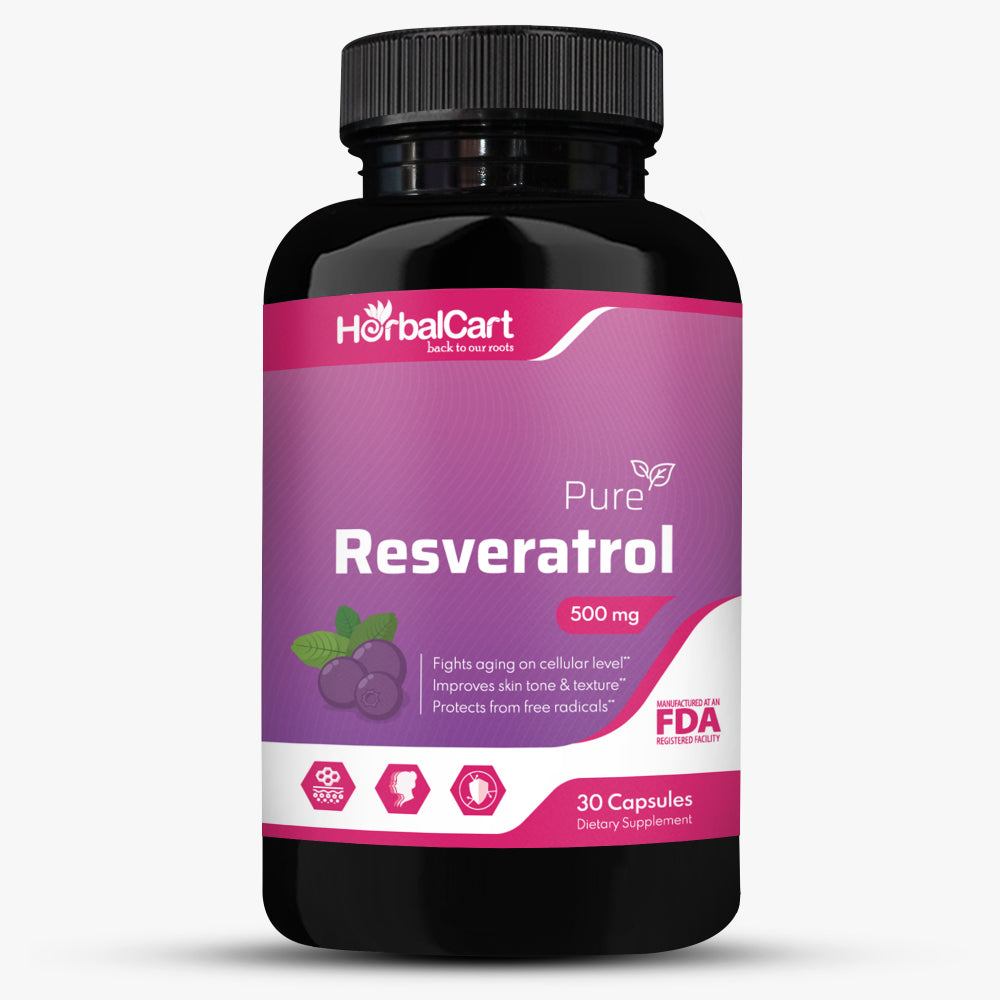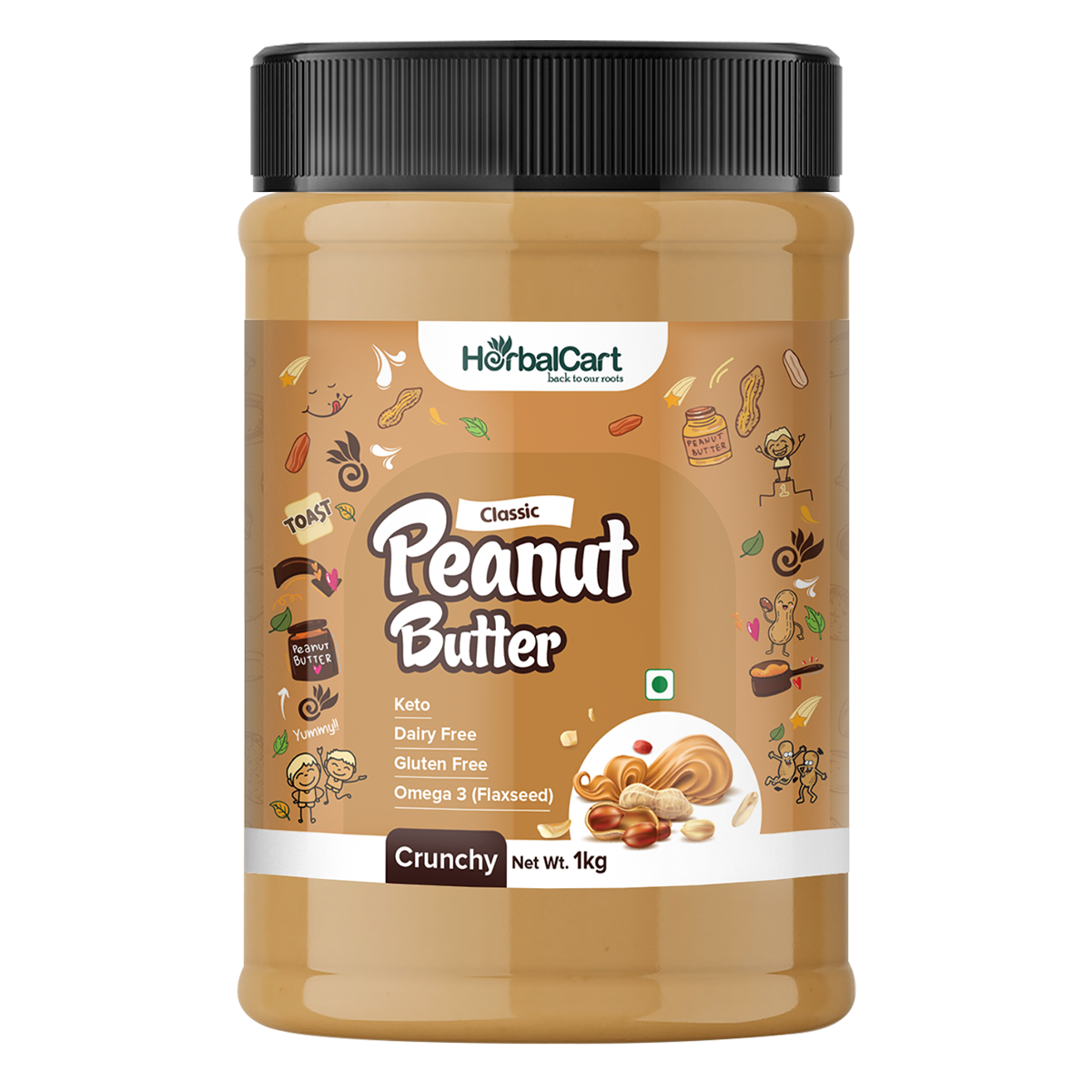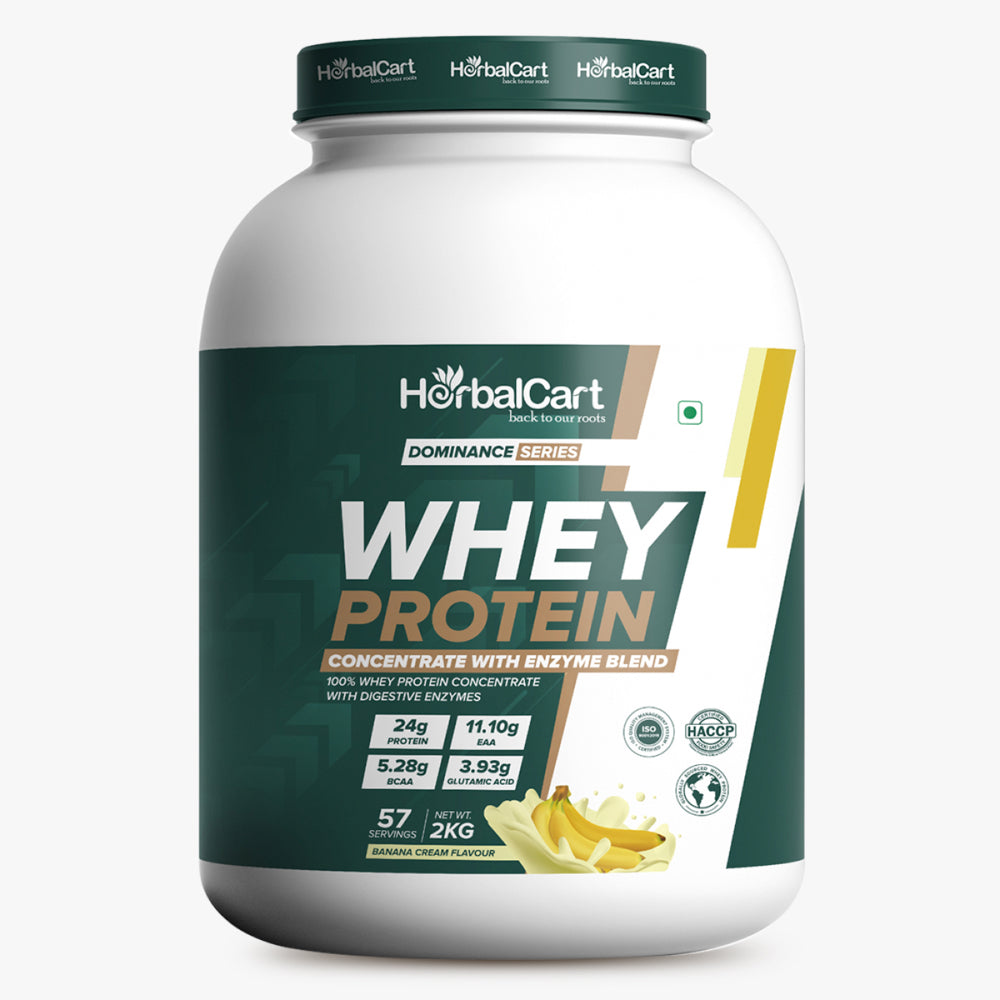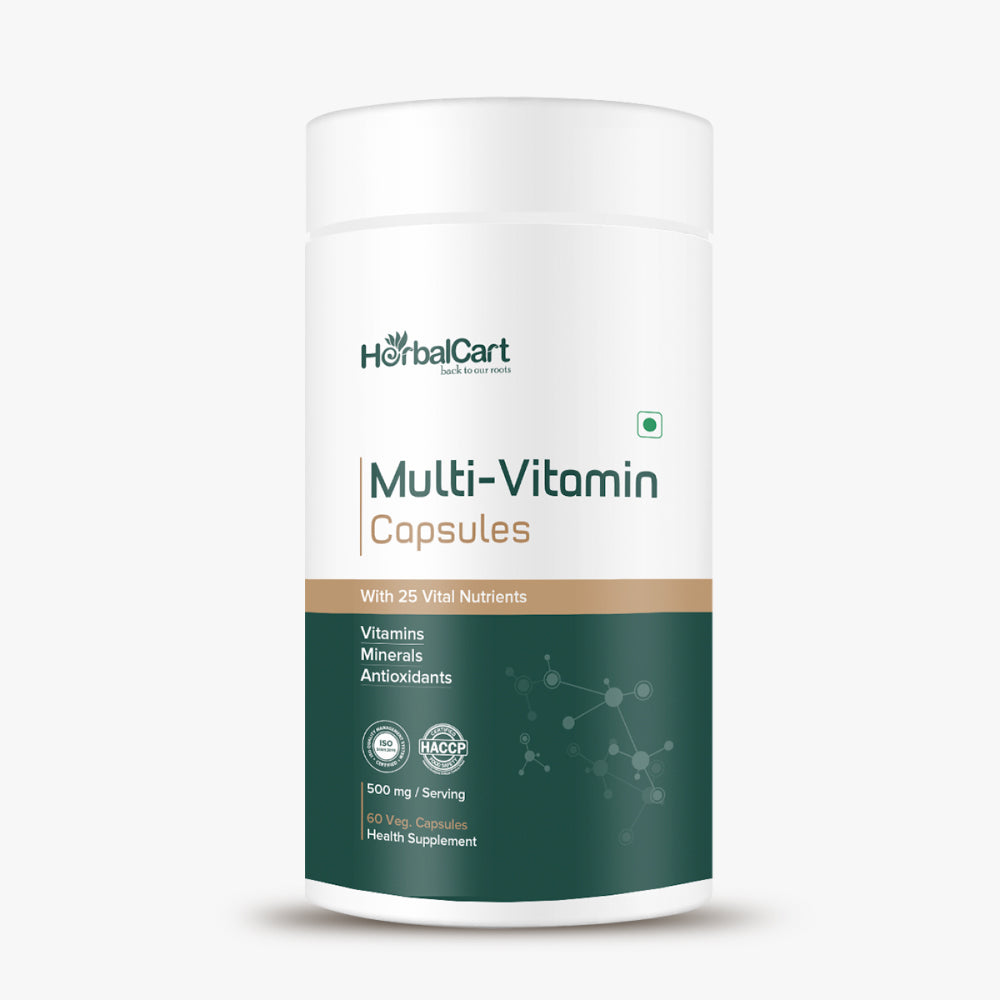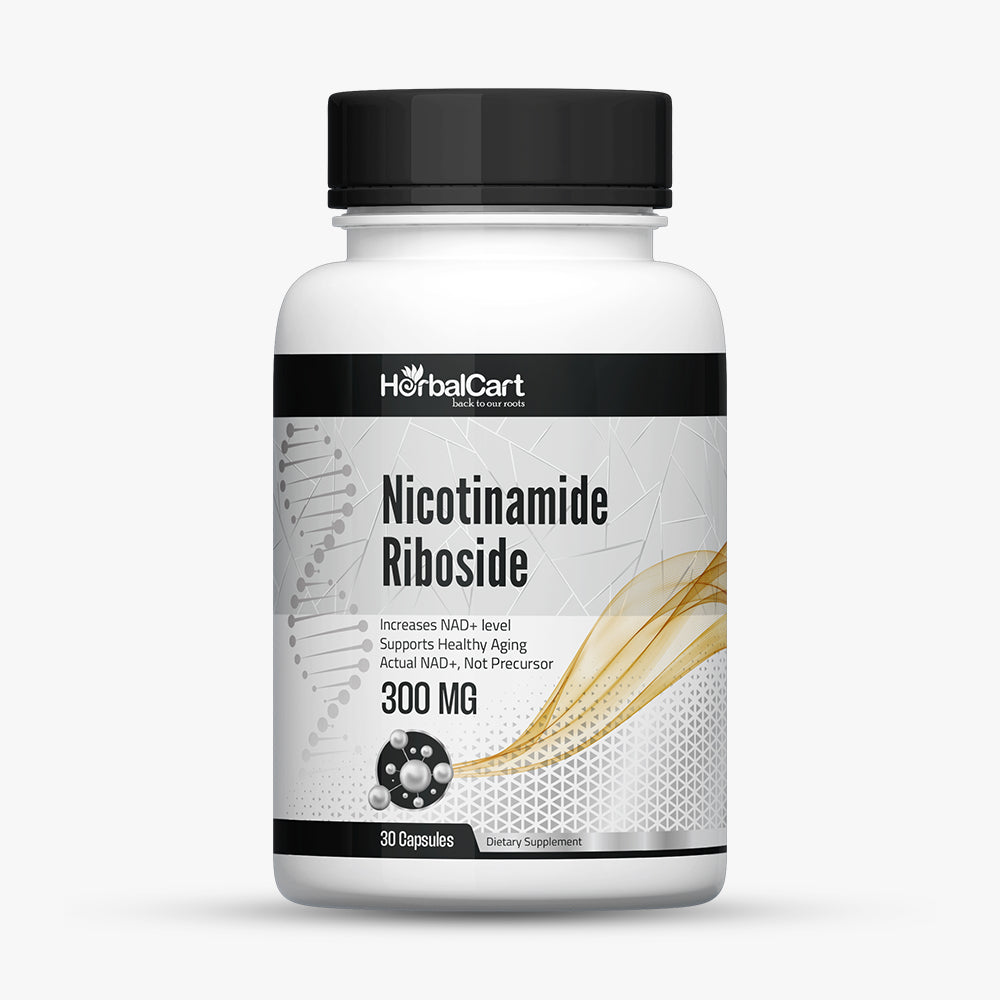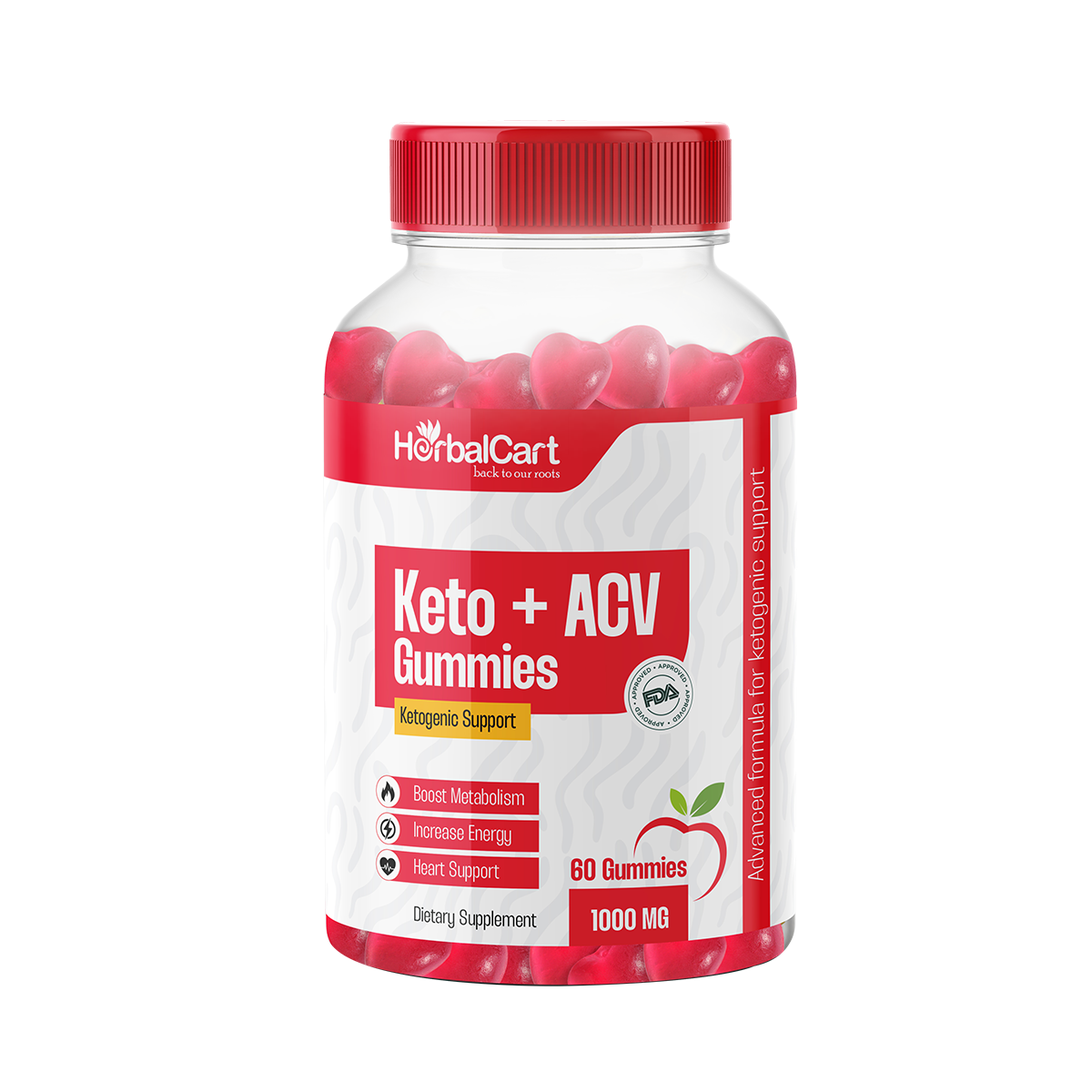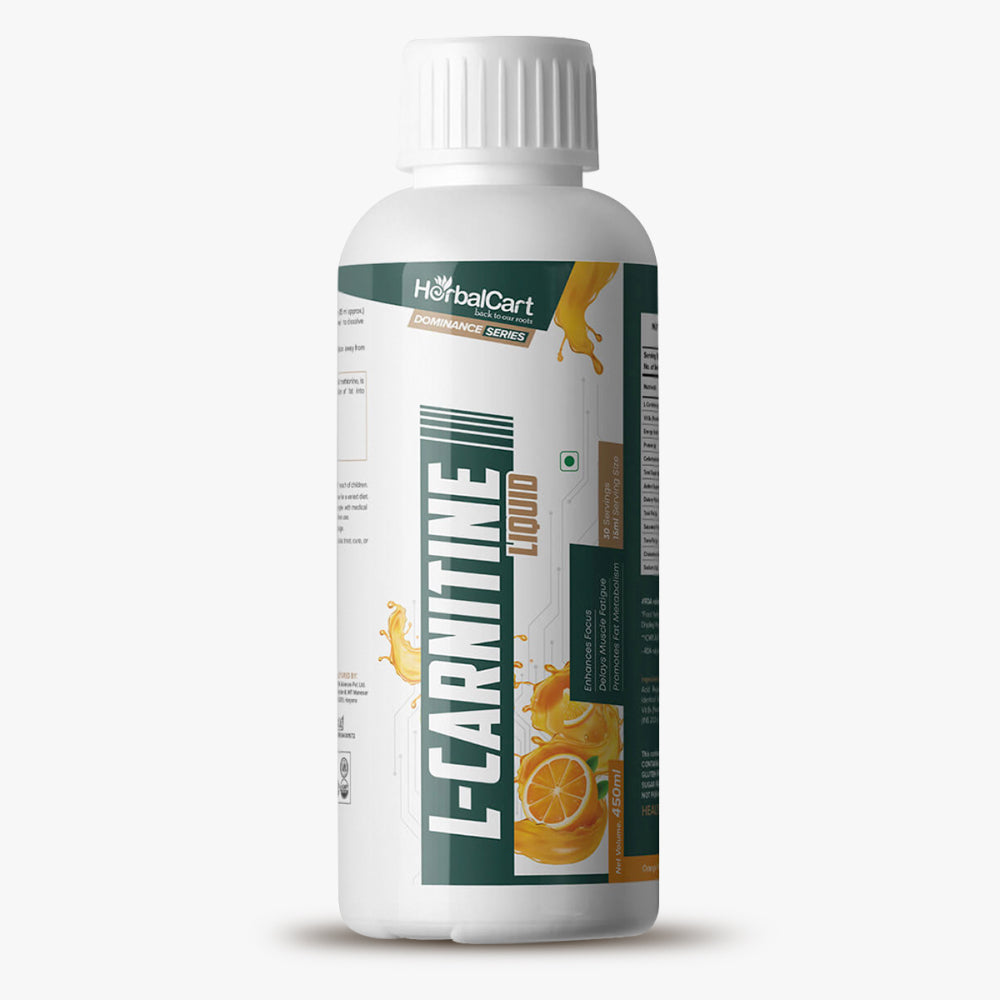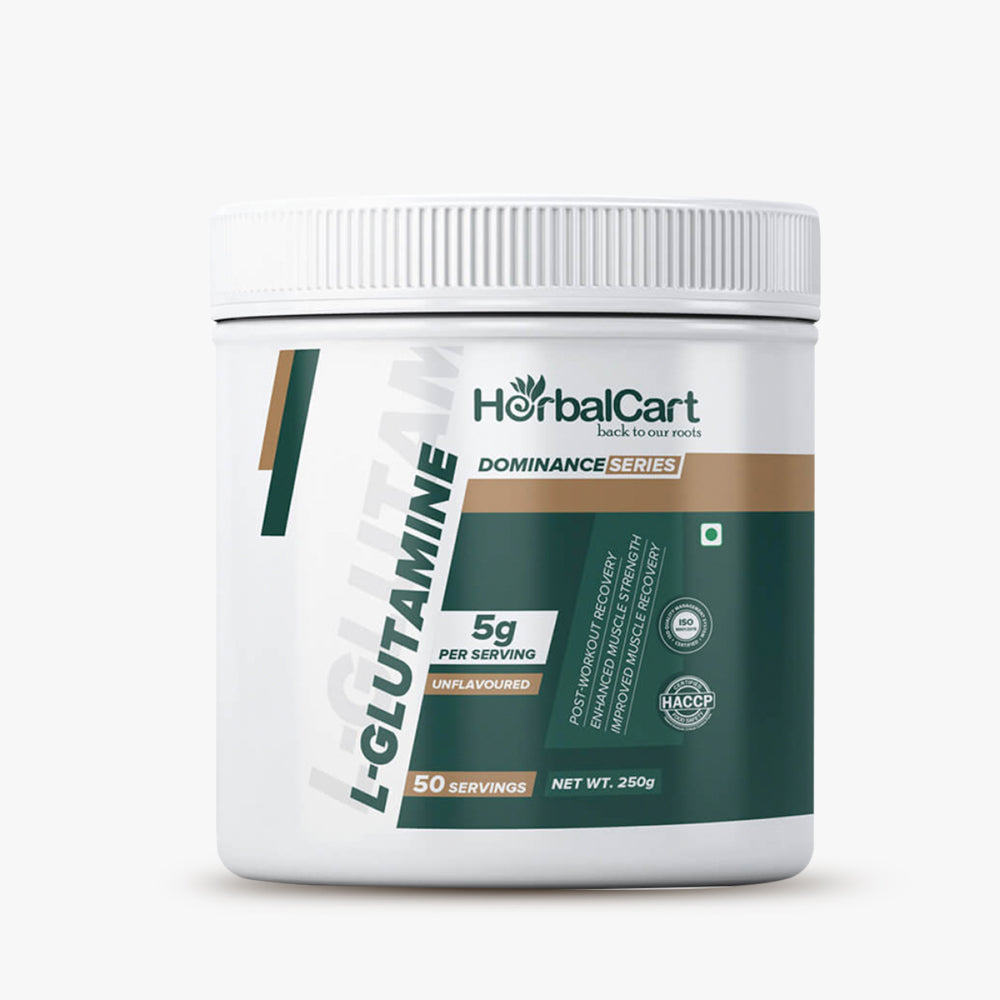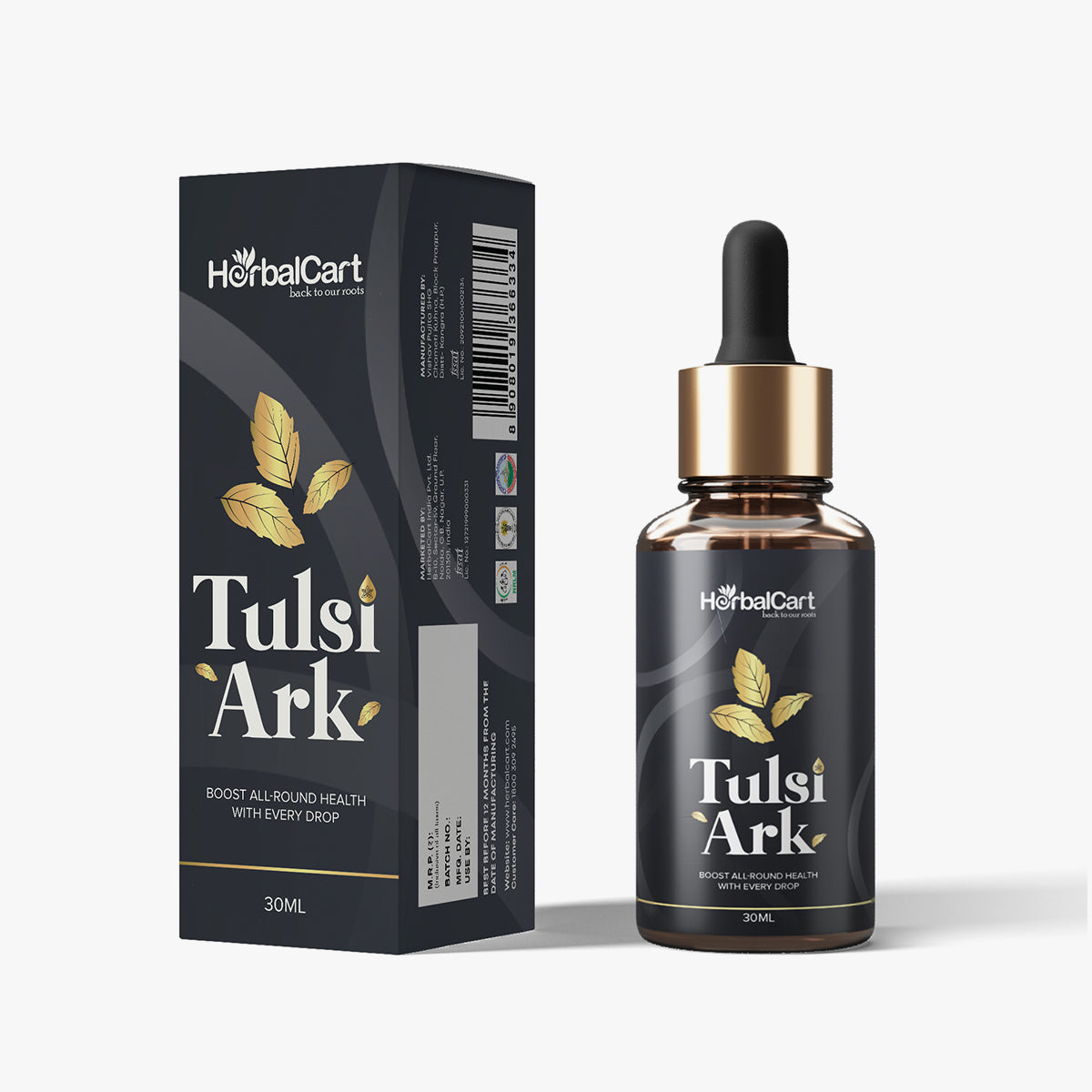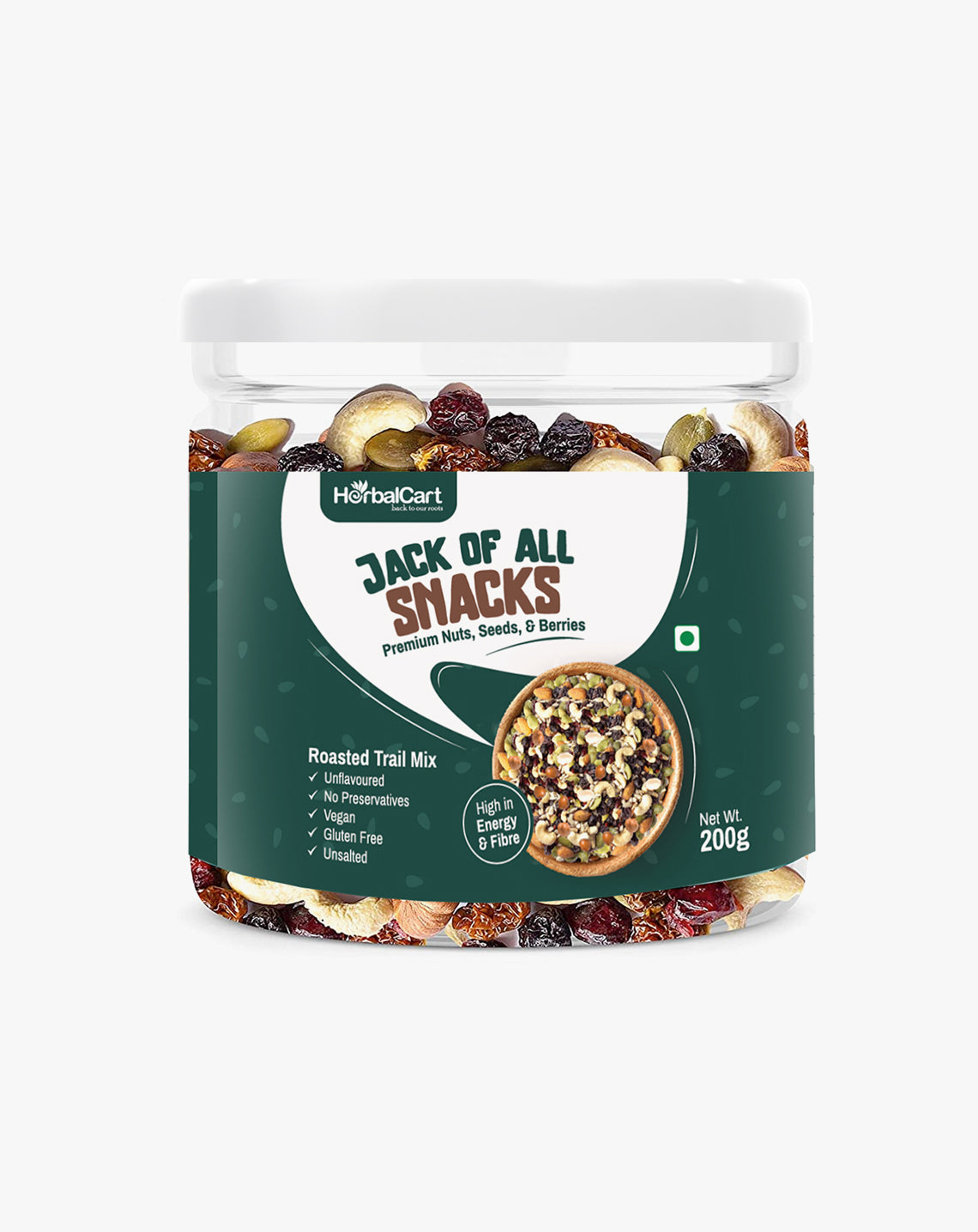Creatine supports muscular output during short, intense movements. It is commonly associated with gym supplements, but many forget that creatine also exists in everyday meals. Meat, fish, and specific dairy options offer natural creatine that the body uses without requiring extra processing. This guide explains the value of creatine, where it’s found, and how to make wise choices around it through food.
What is Creatine?
The body creates a compound using the amino acids arginine, glycine, and methionine, which come from proteins in food. Creatine is secreted initially by the liver, kidneys, and pancreas and then transported to muscle tissues used during movement. Muscles use this substance to generate rapid energy, especially during jumping, sprinting, or lifting weights. A smaller amount goes to the brain and other organs, which are also utilized for functions.
Individuals who are very active or those who eat low-protein diets stand to gain from the additional intake of creatine. The body is naturally used to the demand of physical activity, and creatine is a major factor in maintaining that energy response steady.
What Does Creatine Support?
Creatine energizes movements that engage speed, power, or durability. It helps the muscles save energy for events that only last a few seconds, making it necessary for workouts that involve explosive motion, such as strength training, sprint intervals, and activities.
It also supports hydration inside muscle tissue. Muscle cells holding enough water repair more easily and respond better to physical work. Creatine plays a role in maintaining this water balance.
For some, creatine also helps improve thinking speed and mental reaction during focused tasks. While that varies from person to person, the compound contributes to cell energy across more than just physical actions.
Where is Creatine Found?
Animal-based foods are the best source of creatine. Meat and fish provide the body with creatine that it can use directly. When people eat meals with chicken, beef, lamb, pork, tuna, or salmon, they take in small amounts of creatine that support performance and recovery.
An average person who eats meat gets about one gram of creatine daily. That figure depends on portion sizes and meal variety. Some cooking methods can reduce the amount slightly, but most creatine stays usable.
Rotating between different meat and seafood sources gives variety while covering the body’s need for this compound.
Best Food Sources for Creatine
Some foods stand out due to their higher creatine content. These options are beneficial for active individuals or anyone aiming to support a better physical response.
Beef
Beef contains 4 to 5 grams of creatine per kilogram, or about half a gram in a 100-gram serving. It also contains iron and B vitamins that assist in overall strength and stamina. Cuts like sirloin, chuck, or mince are easy to include in stir-fry, stews, or wraps.
Pork
Pork provides about 5 grams of creatine per kilogram. Loin, ribs, and shoulder cuts make it a solid choice for flavor and nutritional balance. When cooked gently and paired with vegetables, pork becomes a well-rounded protein for strength-focused meal plans.
Chicken
Chicken offers about 3 grams of creatine per kilogram. Though it carries less than beef or pork, it is still essential. Its lean profile makes it ideal for those who want protein with minimal fat. Chicken works well in salads, grain bowls, and wraps.
Lamb
Lamb delivers creatine at levels similar to beef. It also adds zinc and iron. People looking for bold flavors often enjoy lamb with lentils or root vegetables. Stewing or roasting preserves both taste and nutrition.
Tuna
Tuna provides roughly 4 to 5 grams of creatine per kilogram. It can be used cold in sandwiches or warm in cooked rice dishes. Canned versions offer convenience with decent nutrient content.
Salmon
Salmon presents nearly 4 grams of creatine for each kilogram. Omega fats, which are beneficial to joints and the heart, are also present. If you bake or grill, you can safeguard all the nutrients in salmon.
Herring
Herring has the highest creatine content among commonly eaten fish, up to 6 grams per kilogram. Herring also adds vitamin D and healthy oils to traditional recipes with potatoes or rye.
Plant-Based Help for Creatine Levels
Plants do not contain creatine. Still, the body makes it from amino acids found in certain vegetarian foods. Including these helps maintain creatine output.
Lentils and Chickpeas
Lentils and chickpeas contain arginine, fiber, and plant protein. These nutrients help the body repair tissues and support daily movement.
Tofu
Tofu contains all nine essential amino acids. It is easy to include in stir-fry, grilled skewers, or salad toppings. It assists with muscle preservation.
Quinoa
Quinoa provides full protein support in a grain form. It can be used in place of rice, added to soups, or mixed into grain bowls for better recovery support.
Pumpkin Seeds
Pumpkin seeds supply iron, zinc, and arginine. They serve as a compact snack or crunchy topping. Their combination of nutrients helps with energy maintenance.
Milk
Milk has a little creatine and helps with hydration and bone health. It works well in the morning with oats, fruit, or cereal.
People who don’t eat meat often use creatine powder. Around three grams a day can help during workouts that involve strength or stamina.
Creatine Foods to Avoid
Some products contain creatine but add salt, preservatives, or poor-quality fats. These items offer less nutritional benefit and are better saved for rare use.
Processed Meats
Sausages, bacon, and canned meats have some creatine, but they’re also loaded with salt and preservatives. Choosing fresh or lightly processed meat gives you the benefits without the unnecessary additives.
Cured Meats
Cured meats are treated with salt and chemicals. Although convenient, they offer fewer benefits for recovery and energy. Fresh-cooked meals give a better balance.
Choosing grilled, baked, or stewed versions of whole cuts supports creatine intake while avoiding heavy additives.
Everyday Meal Tips
Every meal can help maintain energy. Breakfast can include milk or tofu. Lunch might be grilled chicken with vegetables or a tuna bowl. Dinner could have lamb with roasted vegetables or salmon and quinoa.
Snacks like pumpkin seeds or boiled eggs help keep protein levels up. Smoothies with milk, oats, or seeds offer a light boost too.
Creatine supplements, when used with proper meals, offer backup support. Drinking enough water and eating fiber-rich foods help the body fully utilize the creatine in food.
Conclusion
Creatine supports performance, recovery, and energy use in the body. Foods like beef, pork, tuna, lamb, and salmon offer high amounts. Chicken and turkey also provide a steady source. Herring ranks among the top for creatine in fish.
For those on plant-based diets, tofu, lentils, quinoa, and seeds help the body produce its creatine. Some rely on supplements to meet their daily needs.
Focusing on real meals and whole ingredients makes it easy to maintain creatine intake. Balanced eating patterns that include these sources allow the body to stay ready for effort, improve muscle repair, and hold energy throughout the day.
This simple shift in food habits gives short-term and long-term gains in how the body feels and performs. Whether for physical training or everyday use.





